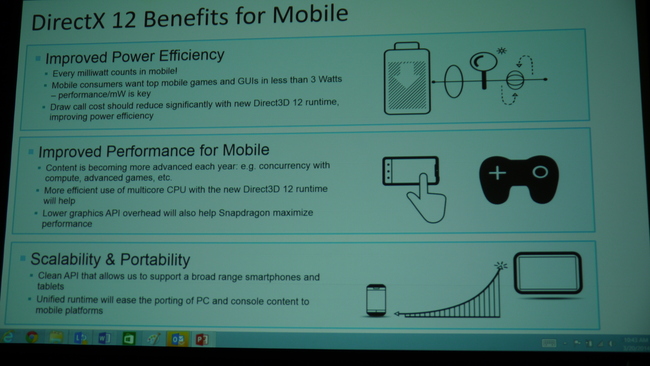

No games have taken advantage of mesh shading thus far, even though GeForce RTX 20-series GPUs have been available for well over a year. You can see Nvidia’s asteroids demo in action below, and read more about how it works here. The demo ran around 50 frames per second despite that gargantuan object count because mesh shading reduced the number of drawn triangles at any given point down to around 13,000, from a maximum of 3 trillion potential drawn triangles.” Nvidia showed off mesh shading with an impressive, playable demo where you flew a spaceship through a massive field of 300,000 asteroids. Ones that are farther away need a much lower level of detail, while closer objects need to look as sharp as possible.

Once that’s decided, Mesh Shaders determine the level of detail at which the visible objects should be rendered. Task shaders perform object culling to determine which elements of a scene need to be rendered. “Mesh shading help take some of the burden off your CPU during very visually complex scenes, with tens or hundreds of thousands of objects. Content Adaptive Shading applies the same basic principles as Motion Adaptive Shading, but it dynamically identifies portions of the screen that have low detail or large swathes of similar colors, and shades those at lower detail-and more so when you’re in motion-to increase overall performance with minimal loss of perceptible visual quality. Variable Rate Shading can also be used in other ways, such as the Content Adaptive Shading technology that shipped in Wolfenstein II. Traditionally, every part of the screen would be rendered at full detail, but with Motion Adaptive Shading, only the blue sections of the scene get such lofty treatment.” The image above shows how it could be handled in Forza Horizon. One potential use case for this is Motion Adaptive Shading, where non-critical parts of a moving scene are rendered with less detail. Variable rate shading takes advantage of that to shade primary objects at full resolution, but secondary objects at a lower rate, which can improve performance. Human eyes only see the focal points of what’s in their vision at full detail objects at the periphery or in motion aren’t as sharp. “Variable Rate Shading is sort of like a supercharged version of the multi-resolution shading that Nvidia’s supported for years now. Here’s how we described Variable Rate Shading in our Nvidia Turing GPU deep dive: NvidiaĭX12 Ultimate hardware also needs to support Variable Rate Shading (VRS) tier 2.

Two other intelligent rendering capabilities make your GPU work smarter, not harder, supercharging the performance potential of your graphics card (or Xbox) if developers wind up embracing them.

Ray tracing isn’t the only tech introduced by Nvidia’s Turing architecture that’s being codified by DirectX 12 Ultimate, though.


 0 kommentar(er)
0 kommentar(er)
